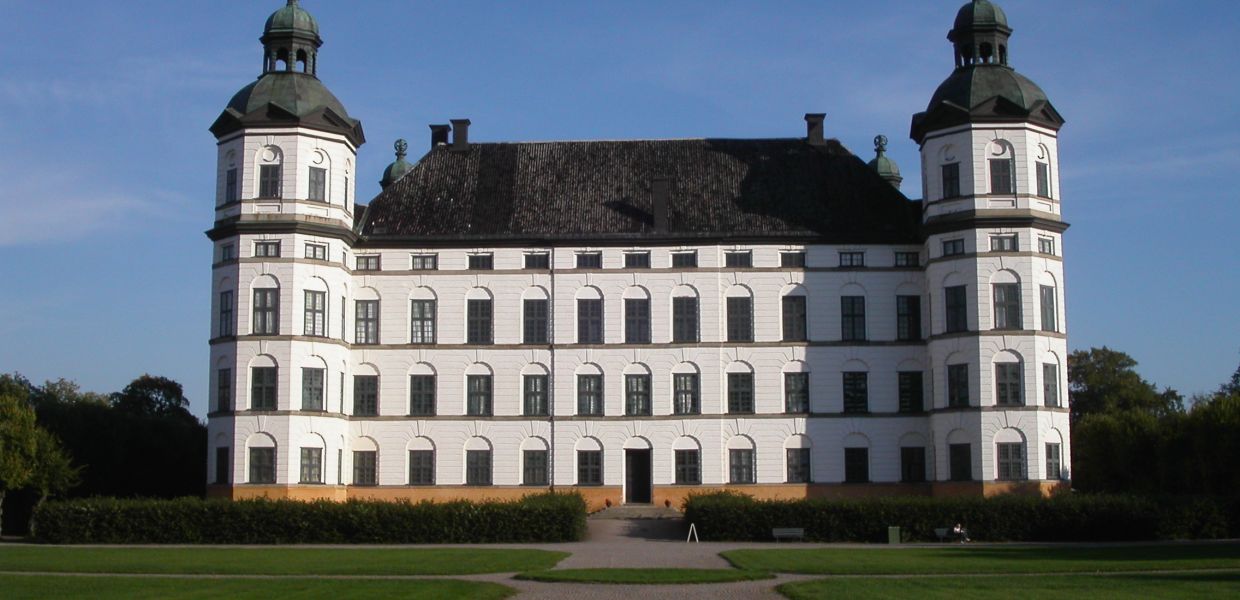Making a big impact on a small budget - How the LSH Museums shared their collection with the world

This weekend the GLAM-WIKI conference was organised in the Royal Library of the Netherlands. More than 150 Wikimedians, open data enthusiasts and heritage professionals came together for three days to talk, discuss and learn about how the cultural heritage sector is evolving in the digital age. On Saturday Joris Pekel from the Europeana Foundation presented, together with Karin Nilsson from the LSH museums in Sweden, a paper describing how LSH, as a small institution, has made a big impact with their digital collection by opening it up and working with the community. The case study is now available for everyone to download and share.
In the summer of 2014 the paper ‘Democratising the Rijksmuseum’ was published on Europeana Pro. This paper described how the museum opened up their entire digital collection to the public and the results of that. The paper was received with great interest, but also raised questions about how the model of the Rijksmuseum could be applied to smaller museums.
The Rijksmuseum was largely closed for ten years, which gave them a lot of room to work on their online presence. It is also one of the most visited museums in the world and has a considerable amount of resources for digitisation, marketing and copyright clearance. These are all things that are lacking for most institutions around Europe.
For this reason, we have worked on another case study. This time, with an institution with a far smaller budget: the LSH museums. The paper investigates how they have worked with their digital collection using limited resources. The paper explores the preparation, the decisions taken, the process and the results.
LSH stands for the Livrustkammaren och Skoklosters slott med Stiftelsen Hallwylska museet. This is a state administrative authority in Sweden that consists of three museums. It has about 50 people on its staff and a limited budget. About 300,000 people visit the three museums combined each year. At the same time, their collection is shared all over the world and receives millions of views.
This was achieved when, in 2013, the museums started the Open Image Archive project. The goal of the project was to make sure that their digital collection could be seen and used by as many people as possible. In order to achieve this, they cleaned up their database, improved the metadata, and published their digital content with as few restrictions as possible. Everybody is now able to see, download, share, edit and remix their out of copyright and openly licensed images.
This has resulted in a tremendous uptake of their collection and, in the words of Karin Nilsson, ‘a great sense of pride for doing the right thing within the institution’. The paper describes the different steps that the institution had to take in order to achieve this success, and how opening up became an essential part of their digital strategy.
In addition to describing this process, the paper will also take a closer look at some of the copyright issues that had to be dealt with. The Rijksmuseum paper discusses situations where digitisation generates new copyright and the issue of how to deal with the digitisation of public domain material. This paper will continue from there and look at the difference between the generation of copyright between two- and three-dimensional objects. Other topics, such as the influence of the PSI Directive and the effects on image sale, are also discussed. Finally it also includes the full transcript of the interview we had with Karin Nilsson which is well worth a read.
We hope that this paper can be an inspiration and a useful example for smaller and mid-size institutions. It can be found here.
If you have any comments or questions, get in touch!
